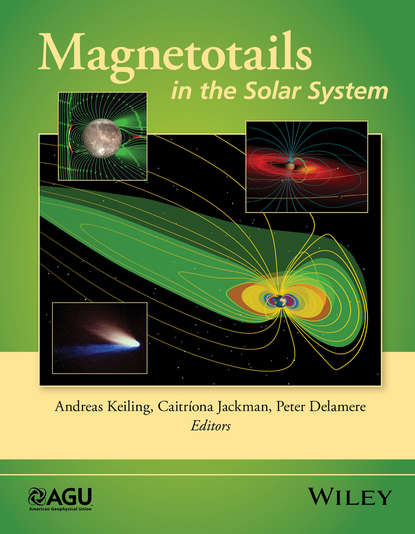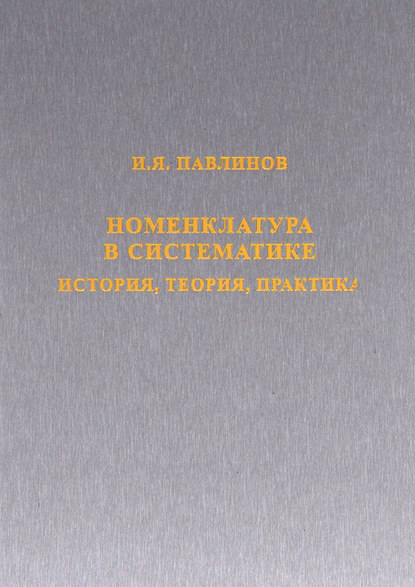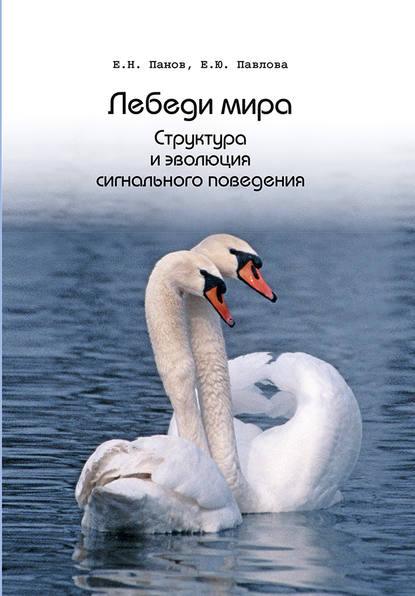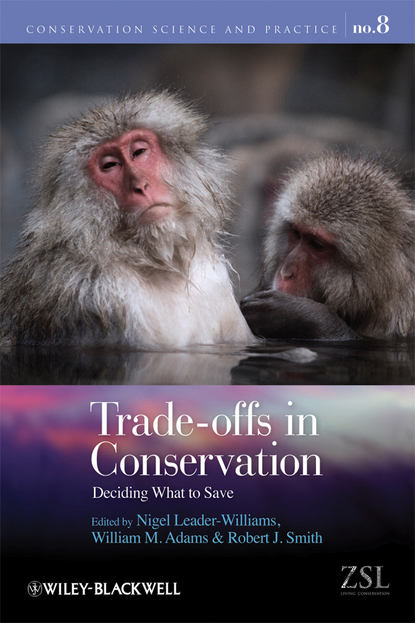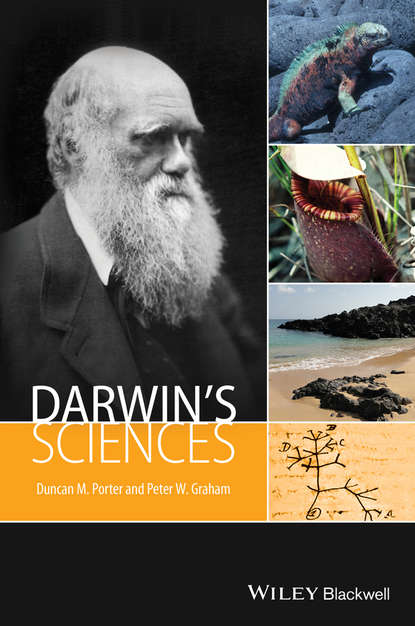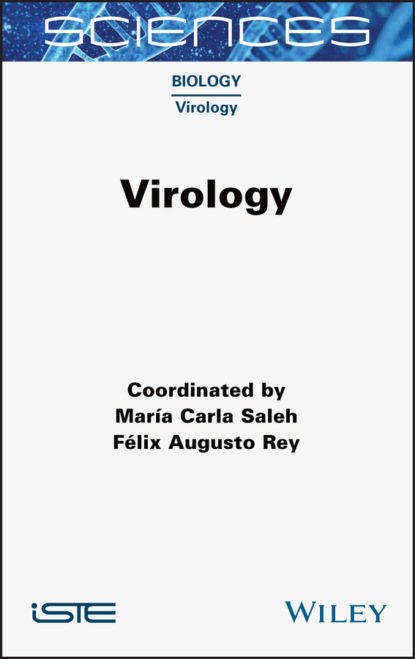Книга "Магнитные хвосты в Солнечной системе" рассказывает о том, как все магнитизированные планеты в нашей Солнечной системе взаимодействуют с солнечным ветром и обладают хорошо развитыми магнитными хвостами. Но не только сильно магнитизированные планеты имеют магнитные хвосты. У Марса и Венеры нет глобального внутреннего магнитного поля, но у них есть индуцированные магнитные хвосты. У комет есть магнитные хвосты, которые образуются благодаря дрейфованию межпланетного магнитного поля. В случае спутников планет (лун) магнитный хвост относится к области за спутником в потоке солнечного ветра или магнитосфере его родительской планеты. Самый большой магнитный хвост в нашей Солнечной системе - это гелиотейл, "магнитный хвост" гелиосферы. Разнообразие условий солнечного ветра, скоростей вращения планет, проводимости ионосферы и физических размеров предоставляют уникальную возможность расширить наше понимание влияния этих факторов на процессы и структуры магнитных хвостов. Книга содержит обзоры и туториалы о различных типах магнитных хвостов в нашей Солнечной системе и сравнение магнитных процессов на Земле с другими структурами магнитных хвостов, найденных во всей гелиосфере. "Магнитные хвосты в Солнечной системе" объединяет в себе коллекцию учебных пособий и актуальных разработок, которые будут интересны широкому кругу космических ученых и астрономов, изучающих структуры, подобные хвостам, за пределами нашей Солнечной системы.
Электронная Книга «Magnetotails in the Solar System» написана автором Группа авторов в году.
Минимальный возраст читателя: 0
Язык: Английский
ISBN: 9781118842379
Описание книги от Группа авторов
All magnetized planets in our solar system (Mercury, Earth, Jupiter, Saturn, Uranus, and Neptune) interact strongly with the solar wind and possess well developed magnetotails. It is not only the strongly magnetized planets that have magnetotails. Mars and Venus have no global intrinsic magnetic field, yet they possess induced magnetotails. Comets have magnetotails that are formed by the draping of the interplanetary magnetic field. In the case of planetary satellites (moons), the magnetotail refers to the wake region behind the satellite in the flow of either the solar wind or the magnetosphere of its parent planet. The largest magnetotail of all in our solar system is the heliotail, the “magnetotail” of the heliosphere. The variety of solar wind conditions, planetary rotation rates, ionospheric conductivity, and physical dimensions provide an outstanding opportunity to extend our understanding of the influence of these factors on magnetotail processes and structures. Volume highlights include: Discussion on why a magnetotail is a fundamental problem of magnetospheric physics Unique collection of tutorials on a large range of magnetotails in our solar system In-depth reviews comparing magnetotail processes at Earth with other magnetotail structures found throughout the heliosphere Collectively, Magnetotails in the Solar System brings together for the first time in one book a collection of tutorials and current developments addressing different types of magnetotails. As a result, this book should appeal to a broad community of space scientists, and it should also be of interest to astronomers who are looking at tail-like structures beyond our solar system.
